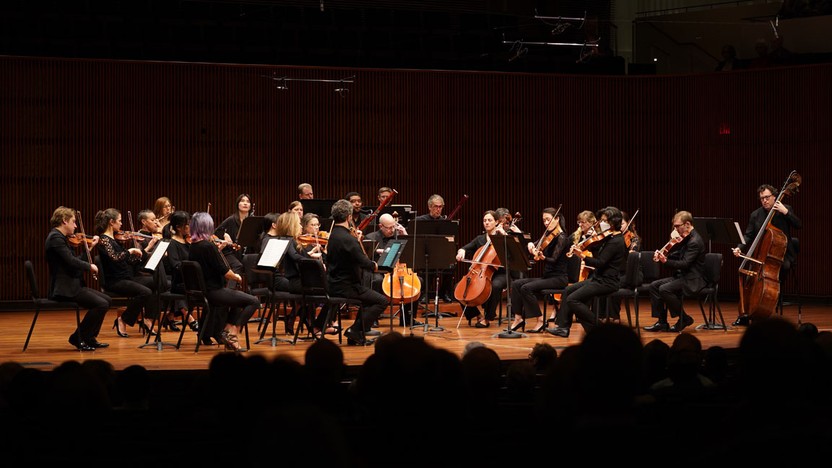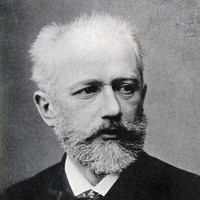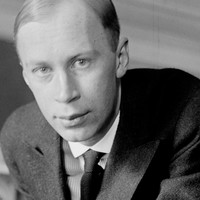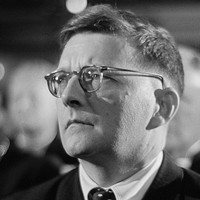Tchaikovsky’s The Seasons



It was the dead of winter in Saint Petersburg, and Pyotr Ilyich Tchaikovsky was back in the city he had left a decade earlier to join the faculty at the Moscow Conservatory. After such a promising launch, Tchaikovsky could hardly have expected that, at 35, he would still be relying on teaching and a side gig as a music critic to get by. He did not even have enough money to travel home without asking for an advance of 200 rubles from a publisher — a predicament we only know about because, too embarrassed to ask in person, Tchaikovsky sent a letter to Nikolay Bernard hours after seeing him.
Bernard, publisher of the magazine Nuvellist, had approached Tchaikovsky in the fall of 1875 with a well-paying commission to compose a cycle of twelve short piano pieces appropriate for amateurs, to be printed serially over the course of the next year. Tchaikovsky agreed to the descriptive titles and poetic epigraphs that Bernard suggested for each month’s installment, and by mid-December he delivered the first two pieces: the first a cozy January scene By the Hearth, followed by February’s raucous Carnival in honor of that festive time on the Christian calendar.
Tchaikovsky’s regular publisher eventually bought the rights and printed the set together as The Seasons in 1885. Ever since, amateur pianists and professionals alike have treasured these evocative vignettes for their vivid tone painting and surprising depth, as in the earnest twittering of The Lark in March or the yearning leaps of April’s Snowdrop. Tchaikovsky never created alternate arrangements, but many musicians in his wake have adapted The Seasons for different forces, including a Soviet conductor who created a serviceable version for large orchestra.
For this version commissioned by the Orpheus Chamber Orchestra, the superstar composer Jessie Montgomery collaborated with her friend and fellow violinist Jannina Norpoth, endeavoring “to create an arrangement that both captures Tchaikovsky’s unique style and also contains its own dynamic arc through our orchestration choices,” they explained. One key source of inspiration for them was Tchaikovsky’s use of the orchestra in The Nutcracker, where instrumental colors reinforce the diverse characters and scenes. They also needed to navigate how to translate idiomatic piano gestures into an orchestral language, like the rolled chords that impart a special luster in May’s White Nights.
Tchaikovsky’s bigger project in the spring of 1876 was finishing his first ballet, Swan Lake, and as soon as the orchestration was done he ploughed ahead with the rest of The Seasons, completing the installments for June through December before he left to visit his sister in Ukraine. In some cases he took liberties with Bernard’s prompts, as in the Barcarolle for June that preserves the spirit if not the customary rhythm of that type of Venetian gondolier’s song. And nothing about the Christmas-Tide prompt for December suggested a debonair waltz, but Tchaikovsky seized the opportunity to write in that favorite dance form nonetheless. He also stretched the bounds of amateur piano skills, as in the tinkling figures in November that mimic the bells of the three-horse sleigh known as a Troika.
Even if the world was slow to catch on, Tchaikovsky was no ordinary composer when he wrote these piano miniatures, and The Seasons have always been more than trifles that could help sell magazines. This new setting puts the music on the grand stage where it belongs.
Aaron Grad ©2024

Sergei Prokofiev abandoned his homeland and a burgeoning career when he fled Russia in the wake of the October Revolution of 1917. After unsatisfying stints in the United States and France, he made the momentous decision in 1936 to resettle permanently in Moscow, and a major factor in that move was Romeo and Juliet. He had agreed in 1934 to create his first full-length ballet, and he worked with a stage director to devise a scenario based on Shakespeare’s tragedy. The original deal with the Kirov Theater in Leningrad fell apart, and the ballet fizzled again after the Bolshoi Theater in Moscow took over the project, leaving Prokofiev with a score that only reached the stage in 1940. During the wait, he extracted highlights into three orchestral suites for concert performances. This performance features a transcription of eight selections for wind octet, selected and arranged by the oboist and composer Andreas Tarkmann.
This suite begins with the measured steps of the Dance of the Girls with Lilies, and then it moves into music from the beginning of the ballet, when Romeo ambles alone through Verona as The Street Awakens, followed by the hustle and bustle of Morning Dance. Madrigal captures a peaceful moment during the Capulet’s masked ball, followed by the Aubade from the ballet’s third act, when Juliet is alone after her last farewell with Romeo.
In Montagues and Capulets, the embattled clans introduce themselves in a bellicose march. The sweet and gentle music of Friar Laurence comes from the ballet’s second act, when Romeo approaches the kindly friar and confesses his love for Juliet. The suite ends with the manic energy of Mercutio, Romeo’s pal who joins him in crashing the Capulet’s party.
Aaron Grad ©2024

Dmitri Shostakovich had his first run-in with Stalin in 1936, when the young composer was blasted for producing “Muddle Instead of Music,” to quote the title of a scathing editorial. Stalin’s tight control over Soviet artists relaxed slightly during World War II, and Shostakovich bounced back with his Seventh Symphony — a tribute to the besieged city of Leningrad — but the risks intensified again after the war. Given the criticism Shostakovich faced in 1945 for his Ninth Symphony, a charming little work that was a far cry from the expected ode to victory, he knew to tread carefully. He completed only one composition in 1946, the String Quartet No. 3 written for the Beethoven Quartet. His caution, it turned out, was well founded: he was among the composers singled out for condemnation in 1948, a very dangerous time to be on the wrong side of Stalin.
For the 1946 premiere, Shostakovich provided the Third Quartet with subtitles for each movement corresponding to the arc of war, starting with “Blithe ignorance of the future cataclysm” to characterize the first movement. Shostakovich soon disavowed the subtitles, and it seems likely that they only existed to insulate the quartet from criticism of its ideological stance (or lack thereof). In reality, this quartet — or its twin sibling heard here, the Chamber Symphony arranged from the quartet by Rudolf Barshai — contains many layers of nuanced meaning that transcend any implied narrative. That description of “Blithe ignorance” for the first movement may have provided cover for music that is unabashedly playful, but it hardly captures the sophistication of this finely wrought movement in the Classical tradition of Haydn and Beethoven (with traces of Bach, as heard in the formal counterpoint).
The next movement, at a tempo marked Moderato con moto, originally sported the label, “Rumblings of unrest and anticipation.” This unsettled music in a forward-leaning, three-beat meter substitutes for a customary slow movement. The following section is even more assertive, taking the form of a hard-charging march that came with the subtitle, “Forces of war unleashed.” The work’s only slow movement is the brief Adagio (“In memory of the dead”) that functions as a somber introduction to the finale. This fifth movement is the longest and most hermetic portion of the work, and it resonates far beyond Shostakovich’s supposed war narrative as it asks, “The eternal question: Why? And for what?”
Aaron Grad ©2024
Get driving directions and find nearby parking.
Find dining options close to the venue.
View seating charts to find out where you'll be seating.
Get driving directions and find nearby parking.
Find dining options close to the venue.
View seating charts to find out where you'll be seating.
